NASA has approved the Pandora mission, co-led by the Goddard Space Flight Center and Livermore.
Science and Technology
in the News
Science and Technology
in the News
News Center
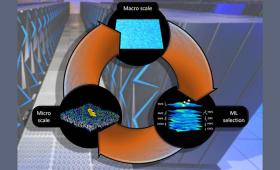
A multi-institutional team has developed a multiscale model revealing the importance of lipids to the signaling dynamics of RAS, a family of proteins whose mutations are linked to many cancers.

Livermore physicist Richard Klein has been selected as a 2022 fellow of the American Astronomical Society.

Wildfires and prescribed burns, which can promote soil organic matter stability, may be an important nature-based climate solution to increase long-term carbon storage.
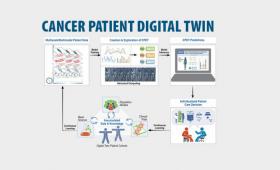
A multi-institutional team has proposed a framework for digital twin models of cancer patients.

NIF’s lasers delivered slightly more than the requested 1.9 megajoules (MJ) of laser energy at 440 terawatts of peak power for the shot that produced a historic 1.35 megajoules of fusion energy.

Omar Hurricane, chief scientist for the Lawrence Livermore National Laboratory inertial confinement fusion program, is a recipient of the 2021 Edward Teller Award.
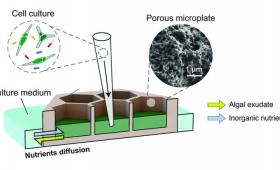
A multi-institutional research team created a new co-culture device, dubbed a “porous microplate,” to study how metabolites in the water affect the growth of bacterial communities.
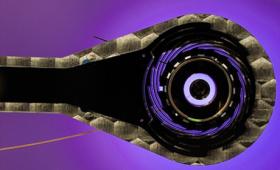
Among the factors contributing to the National Ignition Facility (NIF)’s record-smashing 1.3-megajoule (MJ) energy-yield shot on Aug. 8 was the quality of the high-density carbon (HDC), or diamond, target capsule used in the experiment.
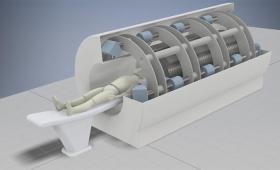
Researchers have shown for the first time the potential for linear induction accelerators (LIAs) to deliver effective, targeted doses of “FLASH” radiation to cancer patients.


